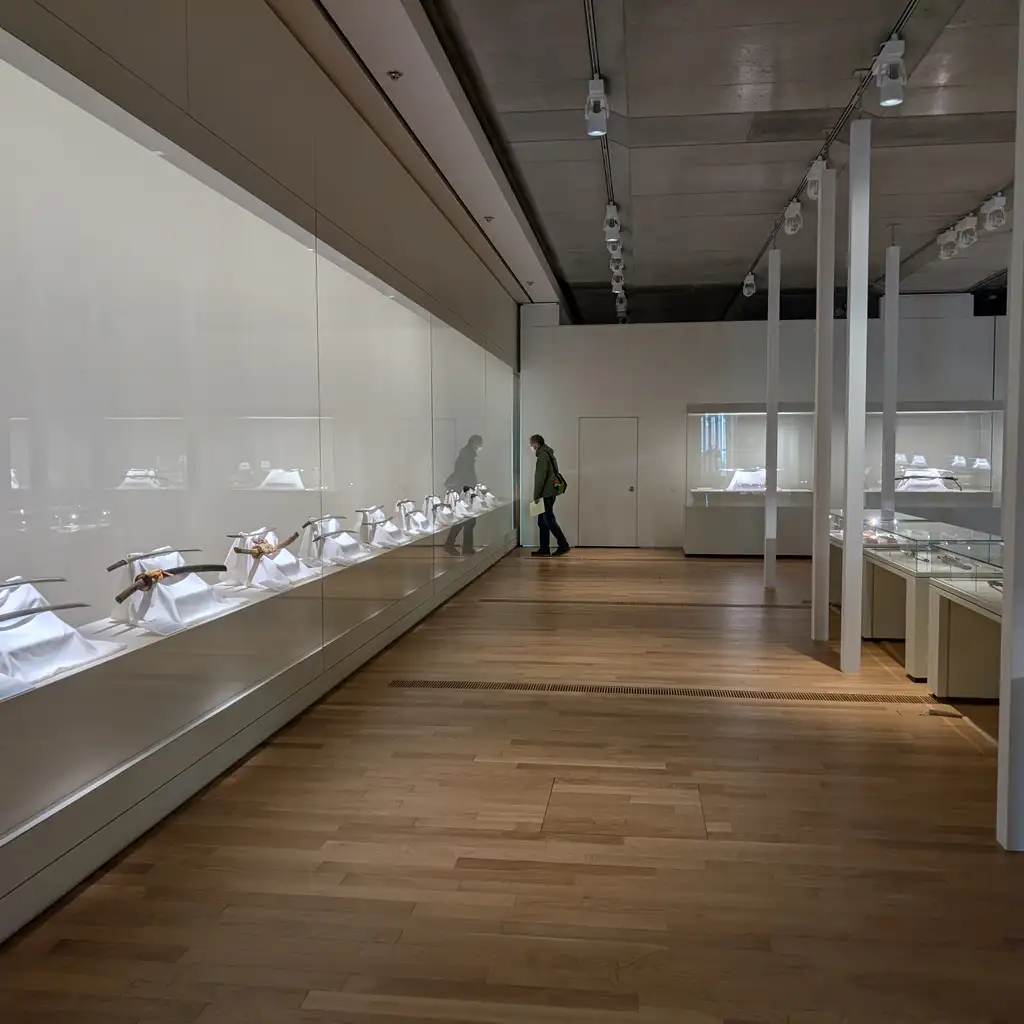In the early days, especially in rural areas like Northeast Sheridan County, radio was a vital link to the outside world. Many ranchers did not have access to electric service until the late 1960s or early 1970s, making television a luxury available only during trips to town. Battery-operated radios were common in homes, bringing weather reports, sports, market news, local and national news, and music into the lives of residents.
Radio also played a significant role in education, with programs like the “School of the Air” in the Australian outback starting in 1951, offering shortwave radio classes to youngsters. In the United States, radio broadcasts included tabloid talks on agriculture, providing farmers with the latest scientific advancements and techniques to improve their yields.
The history of radio technology dates back to 1827, with significant developments occurring throughout the 19th and early 20th centuries. Innovations such as the Leyden Jar, electromagnetic induction, and the electric telegraph paved the way for the invention of the radio. Marconi’s groundbreaking work in the late 19th and early 20th centuries established the foundation for modern radio communication, leading to the first transatlantic radio message and the widespread adoption of radio technology.
Radio has also been a crucial tool for news dissemination and public service announcements, including snow days for schools, Amber or Silver Alerts, and updates on forest fires and road conditions. Before the widespread availability of television, radio shows like Gunsmoke, which started as a radio program before transitioning to television, captivated audiences.
Despite the advent of television, smartphones, and the internet, radio remains relevant today. Sheridan’s radio stations, now operating 24 hours a day, continue to offer a variety of content, including country and rock music, talk radio, and local and national news. Listeners can tune in on traditional radios, stream online, or use their smartphones and cars to stay connected. As radio approaches its centennial in Sheridan, it stands as a testament to the enduring power of this medium to inform, entertain, and unite communities.








